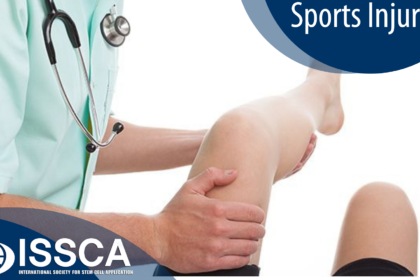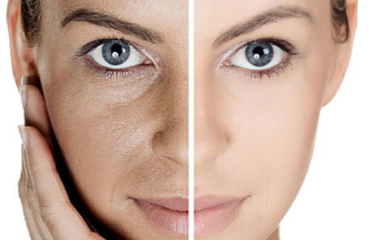
As physicians, dealing with sports injuries is a routine challenge. While not usually life-threatening, these injuries can lead to long-term issues if not managed properly. They range from ankle sprains to ACL tears and tennis elbow, affecting athletes’ performance and quality of life.
What Are the Most Common Sports Injuries?
Sports injuries vary widely but often include:
Ankle Sprain
Ankle sprains result from ligament stretching or tearing due to sudden twisting or falls. Without proper treatment, they can lead to chronic pain and instability.
Groin Pull
Common among athletes requiring quick movements, groin pulls involve muscle tears in the inner thigh/groin area, causing tenderness and bruising.
Hamstring Strain
Overstretching the hamstring muscles can lead to tears, requiring months to heal and prone to re-injury without proper care.
Shin Splints
Inflammation of leg muscles from repetitive stress, common in runners and athletes with intense stop-and-go motions.
Knee Injury: ACL Tear
A torn anterior cruciate ligament (ACL) is common in sports requiring sudden stops or direction changes, causing instability and swelling.
Knee Injury: Patellofemoral Syndrome
Damage to knee cap tissues from repetitive movements, often due to muscle weakness or alignment issues.
Tennis Elbow (Epicondylitis)
Ligament strain from repetitive wrist and hand motions, common in sports like tennis or golf.
Traditional Treatment Options & Management Strategies
For mild injuries, rest, ice, compression, and elevation (RICE) along with NSAIDs are recommended. Moderate to severe injuries may require immobilization, rehabilitation exercises, or even surgery for ligament or muscle repair.
Is Stem Cell Therapy An Option For Treating Sports Injuries?
Stem cell therapy is gaining popularity for its ability to promote healing, reduce inflammation, and enhance recovery in sports injuries. It’s particularly effective for tendon, ligament, muscle, and cartilage damage. While debated, it has shown promising results in improving joint function and reducing pain.




